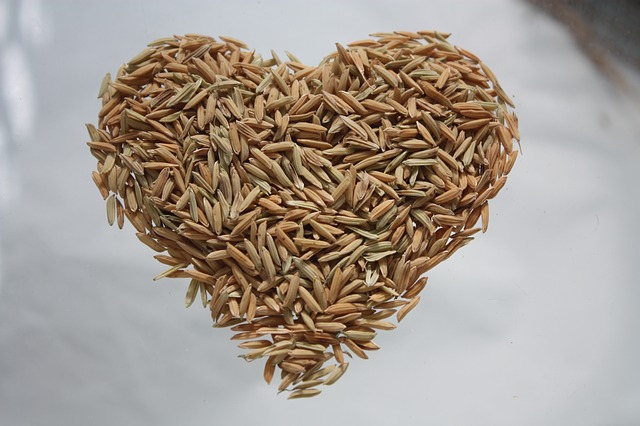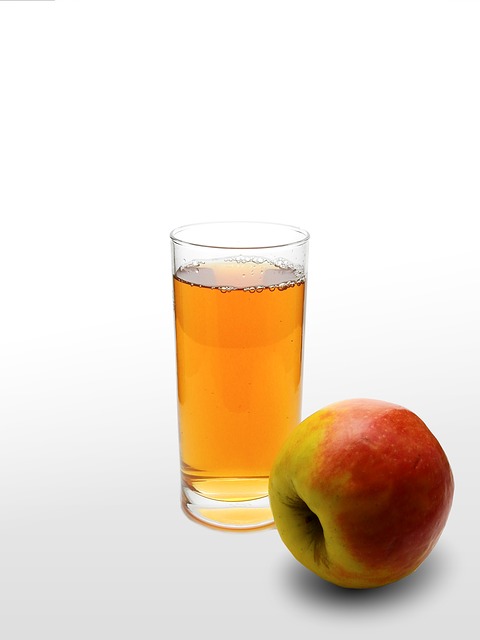
Arsenic is a naturally occuring mineral that poses a grave risk to human health. The World Health Organization (WHO) explains:
Arsenic is a natural component of the earth’s crust and is widely distributed throughout the environment in the air, water and land. It is highly toxic in its inorganic form.
People are exposed to elevated levels of inorganic arsenic through drinking contaminated water, using contaminated water in food preparation and irrigation of food crops, industrial processes, eating contaminated food and smoking tobacco.
Long-term exposure to inorganic arsenic, mainly through drinking of contaminated water, eating of food prepared with this water and eating food irrigated with arsenic-rich water, can lead to chronic arsenic poisoning. Skin lesions and skin cancer are the most characteristic effects.((http://www.who.int/mediacentre/factsheets/fs372/en/))
Arsenic is present in our food. Crops are irrigated with groundwater containing arsenic. In addition, other sources of contamination exist in food and beverage production. Reminants of old arsenic containing pesticides and feed remain in our soils. The public becomes concerned every time a new favorite food or beverage is identified as containing arsenic.
Environmental Health Perspectives explains:
Food is the primary source of unregulated arsenic exposure, highlighting the importance of eliminating or reducing dietary iAs exposures where possible (Georgopoulos et al. 2008). Specifically, rice, wine, juices, and cereals contribute to iAs exposure, and rice can also contribute to DMA exposure, whereas seafood contributes to low-toxicity organic arsenicals (Davis et al. 2012; Jackson et al. 2012; Navas-Acien et al. 2011; Schoof et al. 1999; Tariba 2011). Contamination of rice, grain, and grape products is likely attributable to the historical application of arsenic-based pesticides, naturally occurring ground water and soil contamination, and particularly for rice, the accumulation and deposition of arsenic into the rice grain (Carey et al. 2012; Chen et al. 2015; Robinson et al. 2007; Tariba 2011; Wilson et al. 2012).((https://ehp.niehs.nih.gov/EHP351/))
Consumer Reports further clarifies:
Arsenic has two chemical forms, inorganic and organic (the latter of which can be less toxic), and is naturally part of the minerals in the earth’s crust. (Note, here organic is a chemistry term and should not be confused with food sold as “organic.”) Arsenic also has been released into the environment through the use of pesticides and poultry fertilizer. (Chickens can be fed arsenic.) Therefore, it’s in soil and water. Rice tends to absorb arsenic more readily than many other plants.
Regular exposure to small amounts of arsenic can increase the risk of bladder, lung, and skin cancer, as well as heart disease and type 2 diabetes. Recent studies also suggest that arsenic exposure in utero may have effects on the baby’s immune system.((http://www.consumerreports.org/cro/magazine/2015/01/how-much-arsenic-is-in-your-rice/index.htm))

Arsenic in Wine
Recently, wine has come under fire. In 2015, a class action lawsuit was filed alleging 83 California winemakers of selling wine containing high levels of inorganic arsenic, not naturally occurring. The case was dismissed by a judge. ((http://www.winespectator.com/webfeature/show/id/52904)) Currently, this list has made a resurgency in social media.
According to a scientific study published in the American Journal of Viticulture and Enology, ” arsenic concentrations in wine consumed by the vast majority of Americans do not pose a biologically significant hazard.” Researchers did find the cheaper the wine, the higher the leve of arsenic. ((http://www.winespectator.com/webfeature/show/id/52784))

Arsenic in Chicken
A recent study titled “Poultry Consumption and Arsenic Exposure in the U.S. Population” published in Environmental Health Perspectives found higher levels of arsenic in the urine of Americans that ate chicken. Arsenic-based poultry drugs are the suspected source of contamination. The main culprits have been pulled from the US market. The authors wrote:
Arsenic-based drugs were used in U.S. poultry production, which covers > 99% of the U.S. market share, for decades to prevent histomoniasis (blackhead disease) and coccidiosis (parasitic infection) and to improve weight gain and meat pigmentation (Abraham et al. 2013; Chapman and Johnson 2002; Silbergeld and Nachman 2008). Our results strongly support the decision of the FDA to withdraw approval for nitarsone sales in the United States beginning in December 2015 and for roxarsone and other arsenicals in 2013. However, there is no indication that the marketing and use of arsenicals will be discontinued internationally (FDA 2015; Yao et al. 2013).((https://ehp.niehs.nih.gov/EHP351/))
The study was conducted from 2003-2010, and thus does not reflect any changes since these drugs have been pulled from the market. Given this information, if you consume chicken or turkey, it is important it is organic, US poultry.

Arsenic in Rice
Rice is probably the most well known food contaminated with arsenic. The US Food and Drug Administration (FDA) explains, “Rice has higher levels of inorganic arsenic than other foods, in part because as rice plants grow, the plant and grain tend to absorb arsenic more readily than other food crops.”((https://www.fda.gov/food/foodborneillnesscontaminants/metals/ucm319870.htm))
Of particular concern is the effect arsenic in rice has on babies and children. Consumer Reports identifies the following concerns:
Our most recent testing and analysis gave us some new information on the risk of arsenic exposure in infants and children through rice cereal and other rice products. We looked at data released by the Food and Drug Administration in 2013 on the inorganic arsenic content of 656 processed rice-containing products. We found that rice cereal and rice pasta can have much more inorganic arsenic—a carcinogen—than our 2012 data showed. According to the results of our new tests, one serving of either could put kids over the maximum amount of rice we recommend they should have in a week. Rice cakes supply close to a child’s weekly limit in one serving. Rice drinks can also be high in arsenic, and children younger than 5 shouldn’t drink them instead of milk. ((http://www.consumerreports.org/cro/magazine/2015/01/how-much-arsenic-is-in-your-rice/index.htm))
White basmati rice from California contains the least amount of arsenic. Rice from Texas has the highest arsenic contamination.

Arsenic in Juice
Consumers became aware of arsenic in apple and pear juice five years ago. The source is most likely soil contaminated with arsenic containing pesticides phased out in the 1970s.((https://www.fda.gov/Food/ResourcesForYou/Consumers/ucm271595.htm)) In 2013, the FDA set an arsenic limit in juice that is the same as for water: 10 parts per billion.((http://www.foxnews.com/health/2013/07/12/fda-sets-new-limits-on-arsenic-in-apple-juice0.html)) Consumer Reports believes this limit is not strict enough.
In calculating the risks of arsenic exposure from apple juice, the FDA also appears to have significantly underestimated how much juice children drink. A Consumer Reports survey of parents conducted in 2011 found that on the day before the survey, more than 25 percent of children under age 6 consumed more than 8 ounces of apple juice, which was the highest daily consumption estimate used by the FDA, and 12 percent drank 16 ounces or more.((http://www.consumerreports.org/cro/news/2014/01/fda-data-show-arsenic-in-rice-juice-and-beer/index.htm))
Ever since the release of our test results for arsenic in juice in 2011, Consumer Reports has recommended setting a limit of 3 ppb of total arsenic for apple juice. If that is not immediately feasible, our experts say that it should be no higher than 4.4 ppb, which is the inorganic arsenic level the FDA used when calculating the risk it deems acceptable. They also urged the FDA to set action levels for other juices, such as pear and grape, where tests have found inorganic arsenic levels much higher than 10 ppb.((http://www.consumerreports.org/cro/news/2014/01/fda-data-show-arsenic-in-rice-juice-and-beer/index.htm))
When looking at arsenic in isolation of individual food and beverage products, the culminative effect is not considered. Consumption of many arsenic containing foods in one meal or day could easily put human health at risk. WHO identifies arsenic as one of the top 10 “chemicals of major public health concern”.((http://www.who.int/mediacentre/factsheets/fs372/en/)) Like other chemical toxins, children are more at risk. Organic food can also contain arsenic, but if they farm has been organic for decades, the amount of arsenic in the soil should be less.
Pexels / Pixabay
Leave a Reply